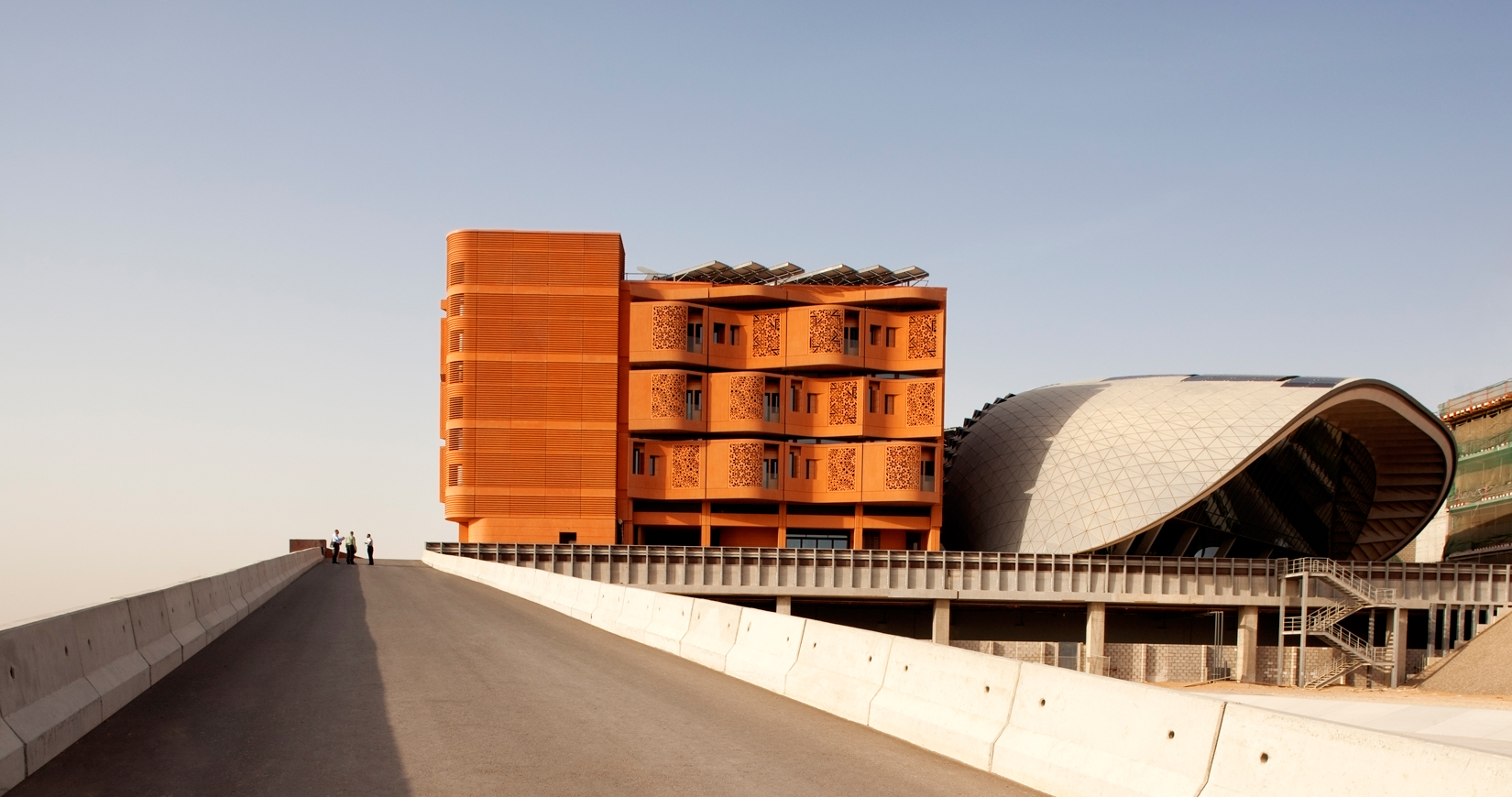Copyright © 2025 Motivate Media Group. All rights reserved.
More organisations call for new buildings to be net-zero by 2030
RIBA’s 2030 Climate Challenge and the UK Green Building Council lead the push.

Following the announcement in June that the Council of the Royal Institute of British Architects (RIBA) had voted to join the global declaration of an environment and climate emergency, GlobalData has joined the call for developers to design net-zero buildings.
“With the built-up environment, a serious contributor of carbon emissions, architects have a part to play in tackling climate change. While not yet a standard practice, net-zero design is surely the way forward,” said GlobalData construction journalist Ross Davies.
“The ultimate aim of net-zero buildings is to either reduce or offset carbon emissions produced beyond construction and across their entire lifecycles. Constructions able to achieve this have the potential to not only be low-impact, but actually serve as an energy source for the wider area.
“This is the case with Lark Rise, a smart home situated in the Buckinghamshire town of Aylesbury, UK. Designed by bere:architects and completed in 2015, it is the country’s first domestic dwelling to be designed to Passivhaus Plus – the world’s toughest energy design standard. Lark Rise produces around double the energy it consumes and exports ten times as much energy as it gets from the national grid.
“In September this year, the World Green Building Council (WGBC) revealed its Net-Zero Carbon Buildings Commitment had surpassed 60 signatories. Among those to have signed the commitment – which aims to ensure all new building portfolios are carbon neutral by 2030 – are businesses, organisations, states and cities, including London, New York and Tokyo.
“According to the Royal Institute of British Architects (RIBA), the built environment is responsible for approximately of 40% of the UK’s carbon footprint. Earlier this year, the body gave its support to a new document published by UK Green Building Council (the UK arm of WGBC).”
Adrian Dobson, RIBA’s Executive Director of Professional Services, added: “Tackling climate change is high on the agenda for architects. It’s been encouraging to see so many architects sign up to our 2030 Climate Challenge, which sets tough but achievable targets to help meet net-zero – or better – whole life carbon for new and retrofitted buildings by 2030.
“Changing the way the construction industry operates is not going to happen overnight, but architects have the knowledge, skills and experience to lead in making these changes. Architects will need all their powers of persuasion to make the case to clients for exceeding regulatory minimums and ensure they’re on board with tackling the climate emergency.”
The Latest
Textures That Transform
Aura Living’s AW24 collection showcases the elegance of contrast and harmony
Form Meets Function
Laufen prioritises design, functionality and sustainability in its latest collections
Preserving Culture, Inspiring Creativity
Discover the Legacy of a Saudi Art Space: Prince Faisal bin Fahd Arts Hall explores the Hall’s enduring influence on the cultural fabric of Saudi Arabia
Channelling the Dada Spirit
Free-spirited and creative, The Home Hotel in Zurich injects a sense of whimsy into a former paper factory
id Most Wanted- January 2025
Falaj Collection by Aljoud Lootah Design
Things to Covet in January
identity selects warm-toned furniture pieces and objets that align with Pantone’s colour of the year
Shaping the Future of Workspaces by MillerKnoll
Stacy Stewart, Regional Director Middle East & Africa of MillerKnoll discusses the future and evolution of design in workspaces with identity.
Shaping Urban Transformation
Gensler’s Design Forecast Report 2025 identifies the top global design trends that will impact the real estate and built environment this year
Unveiling Attainable Luxury
Kamdar Developments has launched 105 Residences, a new high-end development in Jumeirah Village Circle.
The Muse
Located in the heart of Jumeirah Garden City, formerly known as ‘New Satwa’, The Muse adds to the urban fabric of the area
Cultural Immersion Meets Refined Luxury
The Chedi Hegra opens its doors in AlUla’s UNESCO World Heritage Site
Redefining Coastal Luxury
Sunshine Bay on Al Marjan island combines seaside views, exceptional design, and world-class amenities to create a unique waterfront haven
















